Did you know that preparing healthy meals at home can lower your risk of chronic diseases by up to 50% ? Embracing healthy cooking is not just a trend—it’s a pathway to better energy, improved mood, and lasting wellness. Whether you’re a seasoned home chef or simply looking for a smarter way to eat, you can discover practical secrets to nourishing your body and savoring every bite. With a mix of surprising benefits, proven techniques, and creative healthy meal ideas, this guide will empower you to transform your kitchen and your health today.
Unlocking the Power of Healthy Cooking: Surprising Benefits and Getting Started
- Did you know that eating home-prepared healthy meals can lower your risk of chronic diseases by up to 50%? Dive into proven strategies for integrating healthy cooking habits into your everyday routine and discover surprising perks of choosing fresh, wholesome foods.
The journey toward healthy cooking begins with recognizing its profound impact: studies show that people who prepare their own healthy meals experience lower incidences of heart disease, diabetes, and even some cancers. By embracing home-cooked foods, you gain control over ingredients, avoid added salt and unhealthy fats, and ensure each healthy meal is packed with nutrients. Even with a busy schedule, a bit of planning can make healthy eating enjoyable and sustainable.
Integrating healthy cooking does not mean bland or boring meals. On the contrary, you can combine creative recipes—like a poached egg over spring-fresh green beans and cherry tomatoes —with time-saving techniques such as batch cooking and smart meal prep. By prioritizing real, unprocessed foods and experimenting with flavors, you set yourself up for a lifetime of wellness one delicious forkful at a time.

Core Principles of Healthy Cooking for Healthy Meals
Prioritizing Healthy Ingredients in Every Healthy Meal
- Incorporating green beans, cherry tomatoes, and other nutrient-packed vegetables
- Opting for lean proteins and plant-based alternatives
- Understanding the role of whole grains in healthy cooking
At the heart of every healthy meal is a thoughtful selection of ingredients. Green beans and cherry tomatoes are star players, offering vibrant color and a boost of antioxidants. Pair these vegetables with lean sources of protein such as a perfectly poached egg or grilled chicken for a balanced plate. Whole grains like brown rice, quinoa, or barley round out your meal by providing complex carbs and essential fiber, helping to regulate blood sugar and keep you full longer.
The core of healthy cooking is variety across all food groups . Rotate legumes, nuts, red onion , spring onion , and seeds for more nutrition and less boredom. Substituting refined grains with whole versions adds both nutrients and flavor. Even simple swaps—using olive oil instead of butter, or a squeeze of lemon juice instead of heavy dressings—can dramatically impact the health factor of your meals.
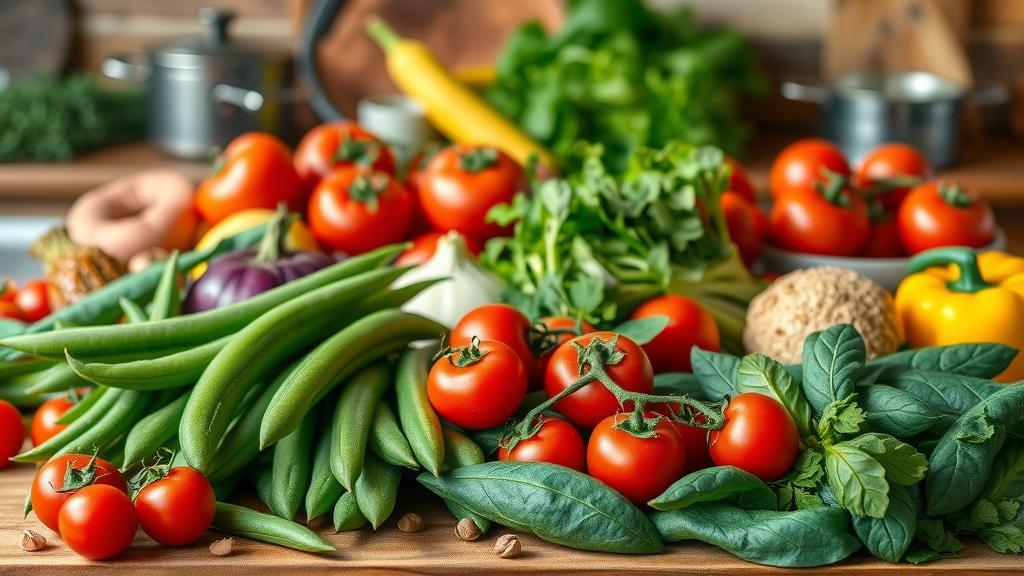
Smart Healthy Cooking Methods for Healthy Eating
- Healthier alternatives to frying: steaming, poaching (including the perfectly poached egg)
- Utilizing minimal cheese sauce for flavor with less saturated fat
- Retaining nutrients with gentle techniques from MD Anderson's recommendations
Choosing the right cooking technique is just as important as ingredient selection. Steaming, poaching, or gently roasting vegetables like green beans and cherry tomatoes preserves nutrients, color, and texture. For proteins, poaching—a method MD Anderson often recommends—is ideal for tender, evenly cooked eggs without extra fat.
To satisfy cheese cravings without excess calories, try a cheese sauce made with blended cauliflower and minimal cheddar; you’ll enjoy creamy richness with reduced saturated fat. Remember, high heat methods like grilling and stir-frying can be used if you add just a splash of olive oil and avoid burning. Ultimately, gentle methods help your healthy meals shine in both flavor and nutrition.
“Healthy cooking is not about strict limitations, but about feeling great, improving your energy, and stabilizing your mood.” – Nutrition Experts
From Ingredients to Table: Building Balanced Healthy Meals Step-by-Step
| Component | Options | Key Benefits |
|---|---|---|
| Protein | Poached egg, grilled chicken, beans, tofu | Supports muscle, keeps you full, low in saturated fat |
| Vegetables | Green beans, cherry tomatoes, leafy greens, red onion | Rich in fiber, vitamins, antioxidants |
| Whole Grains | Brown rice, quinoa, barley, millet | Sustained energy, digestive health |
| Healthy Flavor Boosts | Lemon juice, olive oil, black pepper, light cheese sauce | Less added salt, more flavor, heart-healthy fats |
Meal Prepping for Healthy Cooking Success
- Batch-cooking basics for quick healthy meals
- Storage tips to maintain nutrient quality
- Preventing reliance on processed foods with meal planning strategies
One of the secrets to successful healthy cooking is meal prepping. By dedicating part of your weekend or free evening to batch cooking staples—such as grains, beans, roasted green beans , and grilled vegetables—you can assemble healthy meals in minutes on busy days. Dividing prepared foods into glass containers not only preserves nutrients but also keeps your fridge visually appealing with vibrant cherry tomatoes , spring onions, and leafy greens.
Storing cooked foods in airtight containers, separated by food groups (proteins, grains, vegetables), ensures freshness and minimizes exposure to added salt . Strategically planning your week’s menu prevents you from grabbing ultra-processed snacks and helps you stick to your nutrition goals. Over time, prep routines like these make healthy eating an instinctive, effortless part of your life.
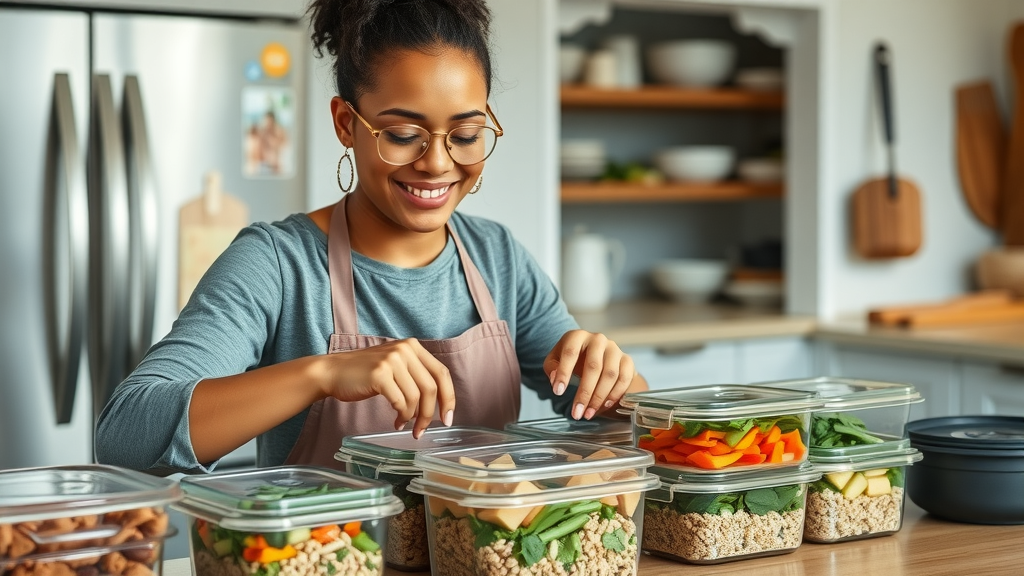
Top Techniques: Healthy Cooking Methods That Retain Flavor and Nutrition
Expert Tips from MD Anderson: Cooking with Health in Mind
- Approaches for reducing unhealthy fats
- Maximizing vegetables' nutrition such as green beans by gentle steaming, sautéing, or roasting while retaining flavor and color
According to MD Anderson cancer experts, gentle cooking methods like steaming and poaching preserve the most nutrients in vegetables and proteins. When you gently steam green beans or sauté them with a touch of olive oil and red onion , you enhance both flavor and color while avoiding nutrient loss. Roasting at moderate temperatures adds a delicious caramelized depth without the need for high heat or extra fats.
Minimizing added salt and processed ingredients goes a long way in supporting heart health and keeping your healthy meals truly nourishing. Season generously with black pepper , citrus like lemon juice , herbs, and aromatic veggies—think spring onion or red pepper . Remember, the time you cook is also key: overcooked vegetables lose vitality, but crisp-tender sides stay bursting with flavor and nutrients.
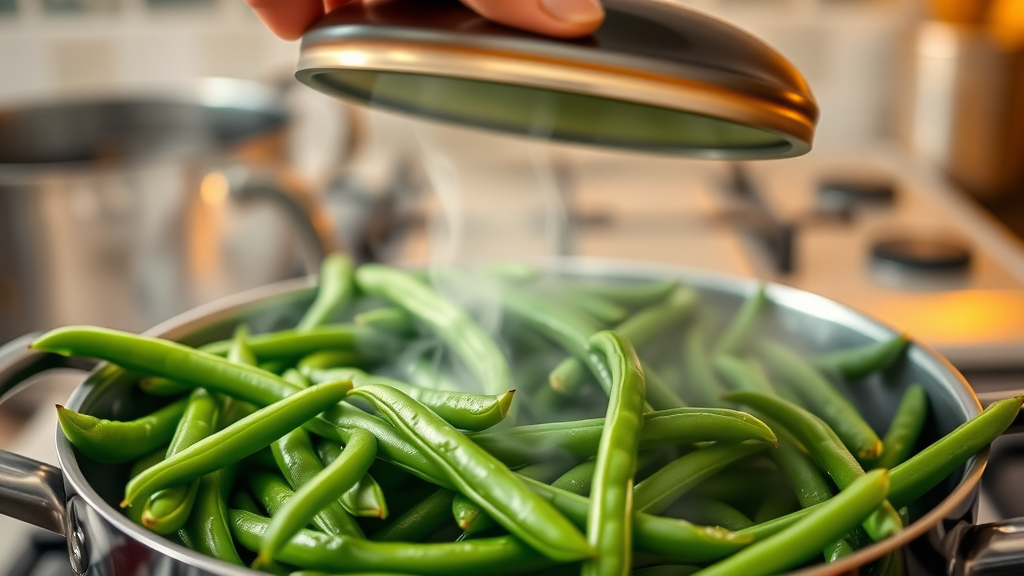
Healthy Meals That Satisfy: Simple and Creative Recipe Ideas
- Assembling a vibrant salad with cherry tomatoes, poached egg, and green beans
- Whole grain bowls paired with seasonal vegetables
- Using cheese sauce sparingly for enhanced flavor without excess calories
Building healthy meals can be easy and rewarding. Try a green salad of crisp green beans , cherry tomatoes , red onion , and leafy greens, topped with a perfectly runny poached egg —a balanced meal packed with color and flavor. Add a drizzle of olive oil and a pop of black pepper for zest. Alternately, craft a hearty grain bowl: start with warm brown rice or quinoa, toss in roasted Mediterranean vegetables, sliced tomato, cannellini beans, and a swirl of light cheese sauce .
The key to creative healthy cooking is using a variety of vegetables and legumes paired with different grains and proteins for a complete meal . Add toasted nuts or sesame seeds for texture. Stir fry techniques with minimal oil, and quick poaching in boiling water (for eggs or broccoli), make weeknight dinners both fast and nutritious. Remember, seasonal produce and fresh herbs transform any dish into a celebration of healthy eating.
"You don't have to eat less, you just have to eat right." – Healthy Cooking Advocate
What Makes the Healthiest Meal You Can Cook?
Answering: What is the healthiest meal you can cook?
- The healthiest meal typically combines lean protein (such as a poached egg), a variety of colorful vegetables (like green beans and cherry tomatoes), whole grains, and modestly seasoned sauces for nutritional balance and maximum flavor.
If you’re searching for the healthiest possible meal to cook , look for a formula that brings together every food group in harmony. Start with a lean protein —like a freshly poached egg or a serving of legumes—then add plenty of nutrient-dense veggies, especially those rich in color such as green beans and cherry tomatoes . Incorporate a serving of whole grains to stabilize blood sugar and provide lasting energy, and finish with seasoning from herbs , citrus, or a minimal cheese sauce .
For a real-world example: arrange a bed of steamed green beans and barley on your plate, sprinkle with roasted cherry tomatoes and red pepper, crown with a poached egg, and finish with a swirl of olive oil and a dusting of black pepper. Each element adds unique nutrients, creating what nutritionists agree is a true “complete meal.”
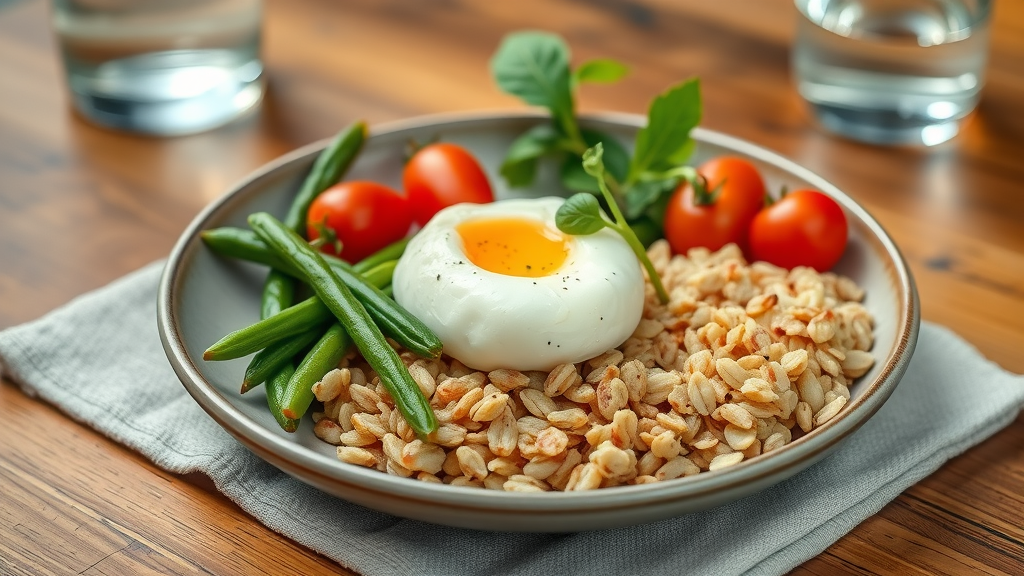
Best Healthy Cooking Methods for Nutrient Preservation
Answering: What is the healthiest form of cooking?
- Steaming, poaching, and roasting are considered the healthiest forms of healthy cooking, as they preserve nutrients, require minimal added fats, and enhance natural flavors.
If you want every healthy meal to nourish your body maximally, focus on healthy cooking techniques like steaming, poaching, and roasting . Steaming is ideal for vegetables such as green beans because it prevents nutrient loss without needing any oil. Poaching proteins like a poached egg uses just boiling water instead of added fat, retaining the delicate flavors and quality.
Roasting brings out natural sweetness and caramelization in ingredients like tomatoes and red onion. For a flavorful side dish, try tossing vegetables with a drizzle of olive oil , black pepper , and your favorite herbs—then roast until tender. Avoid overcooking or using high heat whenever possible, as gentle heat protects both nutrient content and vibrant color in every dish.
The Top 10 Healthy Foods to Include in Your Healthy Meals
Answering: What are the top 10 healthy foods?
- Leafy greens (e.g., spinach), cruciferous vegetables, whole grains, legumes, berries, nuts, seeds, lean proteins (like poached egg), oily fish, and fresh tomatoes (such as cherry tomatoes).
To build a foundation for lasting wellness, make these top 10 foods regular guests on your plate: leafy greens (spinach, kale), cruciferous vegetables (broccoli, cauliflower), whole grains, lentils and other legumes, assorted berries, walnuts or almonds, chia or pumpkin seeds, lean proteins (especially a poached egg or grilled fish), and fresh tomatoes—especially sweet cherry tomatoes . These foods are nutrient dense, support heart health, and provide a fantastic range of flavors and textures.
Experimenting with these ingredients allows you to create endless healthy meals combinations. For example, a Mediterranean stir fry mixing kale, chickpeas, and tomatoes, drizzled with olive oil, or a vibrant breakfast bowl with savory porridge, poached eggs, and sliced berries. The secret is in the variety and using each food’s natural flavor to its fullest.
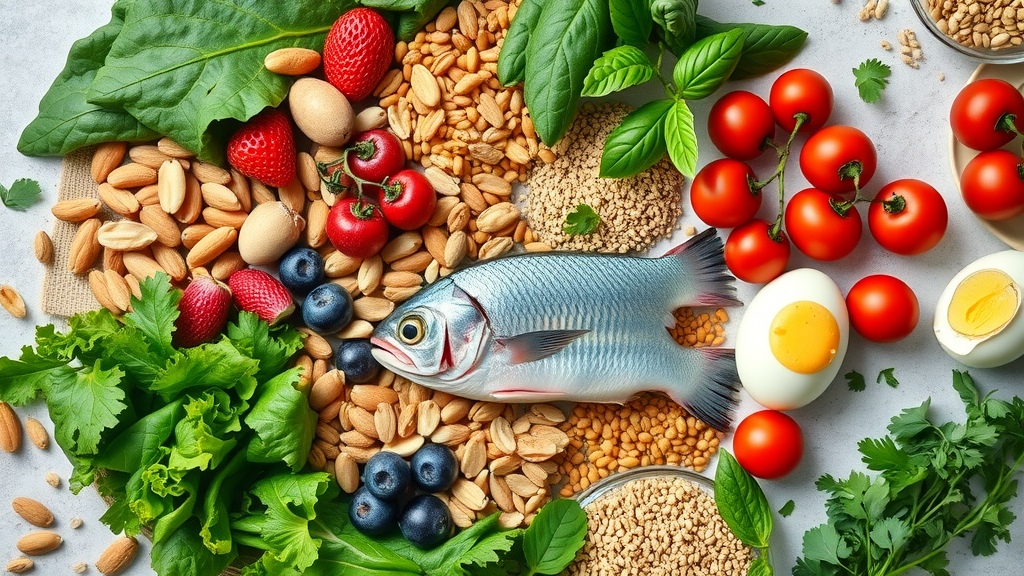
Understanding the 3 P's for Healthy Cooking and Eating
Answering: What are the 3 P's for eating healthy?
- The 3 P’s stand for Plan, Prepare, and Portion—core pillars for successfully adopting healthy cooking habits and enjoying balanced healthy meals every day.
The secret to sustainable healthy eating lies in the 3 P’s: Plan, Prepare, and Portion . Begin by planning menus and grocery lists around whole foods and seasonal produce. Without this bit of planning, it’s easy to fall back on convenience meals that may be high in added salt and saturated fat.
The next step is actual preparation: dedicate time you cook each week for bulk chopping, stir fry, batch-cooking grains, or making a hearty cheese sauce for the week’s side dishes . Finally, portion-control helps you avoid overeating—even of healthy foods—by pre-packing meals in the right sizes for lunchboxes or freezer containers. These steps, recommended by nutritionists and organizations like MD Anderson , make healthy cooking second nature.
Frequently Asked Questions on Healthy Cooking Practices
-
How can I make a cheese sauce that’s healthy?
To lighten up cheese sauce , use low-fat milk or plant-based milk, a touch of real cheese, and thicken it with pureed cauliflower—or whisk in a bit of whole wheat flour for a creamy texture without too much saturated fat. -
How do I use green beans in different types of healthy meals?
Steam or sauté green beans for a vibrant side dish, roast them with olive oil and black pepper, or add them to salads, stir fries, or whole grain bowls with cherry tomatoes and spring onion for a tasty, nutrient-rich meal. -
Which healthy cooking method works best for weeknight dinners?
For quick, healthy meals on busy nights, use sheet pan roasting with olive oil, steaming, or rapid stir fry. These techniques save time, require little added fat, and preserve the bright colors and nutrients of your vegetables and proteins.
Sometimes the best way to learn new healthy cooking methods is by watching a skilled cook. Find inspiration online in step-by-step demonstration videos showing how to poach an egg, steam vegetables, and compose healthy meals with cherry tomatoes and green beans.
Videos are a great place to start if you’re new to meal prepping, or want quick ideas for weeknight healthy meals. Search your favorite streaming platform for “nutrient-protecting cooking techniques” and get ready to expand your culinary skills.
A guided video can help you master the basics of healthy cooking —from poaching eggs and assembling green salads to roasting vegetables and making simple, flavorful sauces. Try following along with a home chef as they assemble a week’s worth of healthy meals, highlighting simple swaps and time-saving techniques.
This visual step-by-step approach will boost your confidence, spark new recipe ideas, and help your whole household embrace delicious, balanced eating.
Crafting Your Own Healthy Cooking Journey: Next Steps to a Lifetime of Healthy Meals
- With foundational techniques and recipe inspiration for healthy meals, you’re ready to take charge of your health—one delicious dish at a time. Start today and transform your kitchen into a hub of healthy cooking!
Begin experimenting with new vegetables, proteins, and cooking methods. Incorporate the principles above, and empower yourself to enjoy balanced, vibrant healthy meals every day. The road to lifelong wellness starts in your own kitchen.
To further enhance your healthy cooking journey, consider exploring these valuable resources:
This guide offers practical advice on selecting healthier fats, retaining nutrients during cooking, and reducing salt intake, along with creative recipe ideas to make nutritious meals enjoyable.
This article provides actionable tips such as meal planning, incorporating more fruits and vegetables, choosing whole grains, and adding healthy fats to your diet, all aimed at making healthy cooking a sustainable part of your lifestyle.
By integrating these insights, you can elevate your culinary skills and embrace a healthier way of eating.
 Add Row
Add Row  Add
Add 


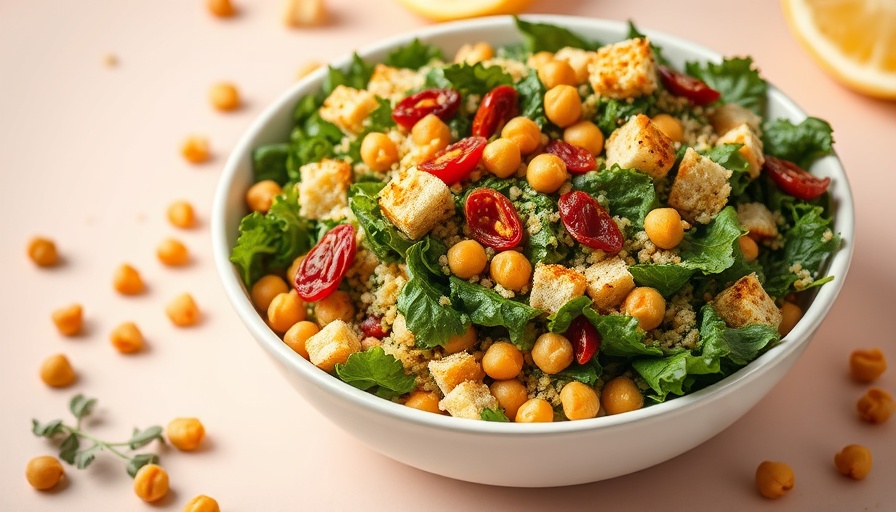

Write A Comment